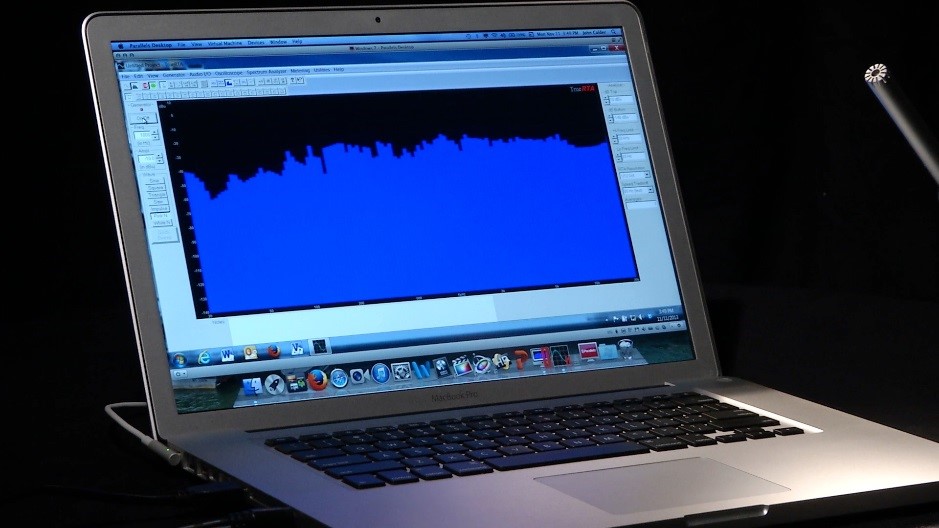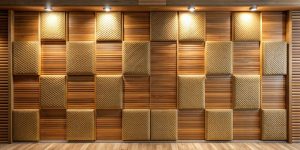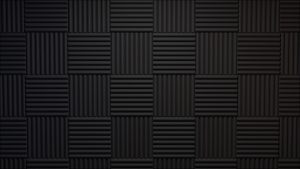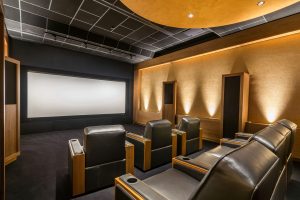Testing 1, 2 – Is This On?
Acoustical testing is a baby that can’t yet speak.
It’s a truism in standards-testing industries: you can only test for parameters for which you have tests. In the acoustics business that means testing is limited to measurement values which have accurate and repeatable tests, like sound pressure. This is especially important when you consider that hearing – our system of ears and brain – is highly complex, and some sound-perception functions have no equivalent in current test methodologies.
Or, put more simply, you can’t test for everything you can hear. Not yet, anyway. And to make matters more interesting, some of the tests we CAN make don’t correlate very well to our hearing. One good example is acoustic frequency response, supposedly showing the smoothness and evenness of a system, with frequencies shown on a horizontal scale, and the system’s output by sound pressure level on the vertical scale. It is most often measured by octave-band (or one-third-octave) pink noise, a randomized signal distributed over the ten-octave bandwidth of human hearing and filtered so each octave carries an equal amount of noise power. Alternately, frequency response can be measured using sine wave tone sweeps.
Regardless of method, the goal of acoustical testing and “room tuning” is to end up with a flat frequency response at the listening position, often by utilizing equalizers in the electronics feeding the speakers. There are two problems with the frequency-response measurement as an acoustical indicator:
- The room acts as a big comb-filtering mechanism, adding or subtracting sound pressure at position-dependent frequencies – so that moving the test microphone, even by tiny increments, results in different response readings. This is due to the acoustic signal arriving at the microphone directly from the speaker and also as a reflection from many room surfaces. The huge number of strong surface-reflected (and later-arriving) signals mixes with the “original” sound from the speakers to distort some portion of the sound, regardless of where the listener is positioned.
- Human hearing is not itself a flat-response system – our hearing is much more sensitive at mid- and high-frequencies, centered around 1-3KHz, the region of greatest speech articulation information. In addition, our brain “cares” less about accurate frequency response than accurate phase, or timing, response (timing/direction perception is a big part of our survival mechanism), and for which there are no standardized tests.
As we understand our hearing systems more, we’re able to contemplate test methods that would correlate more closely with our perception of sound in rooms. We haven’t created anything yet that would yield an accurate predictor of how a room will sound to us, but someday we might. Hopefully soon, because most current tests, like frequency response and absorption coefficient, to name two, are woefully inaccurate as indicators of room performance. The point? Don’t rely on testing results as your only acoustical resource. You’ve got a great test instrument built-in – your hearing system. Learn how to trust it.

